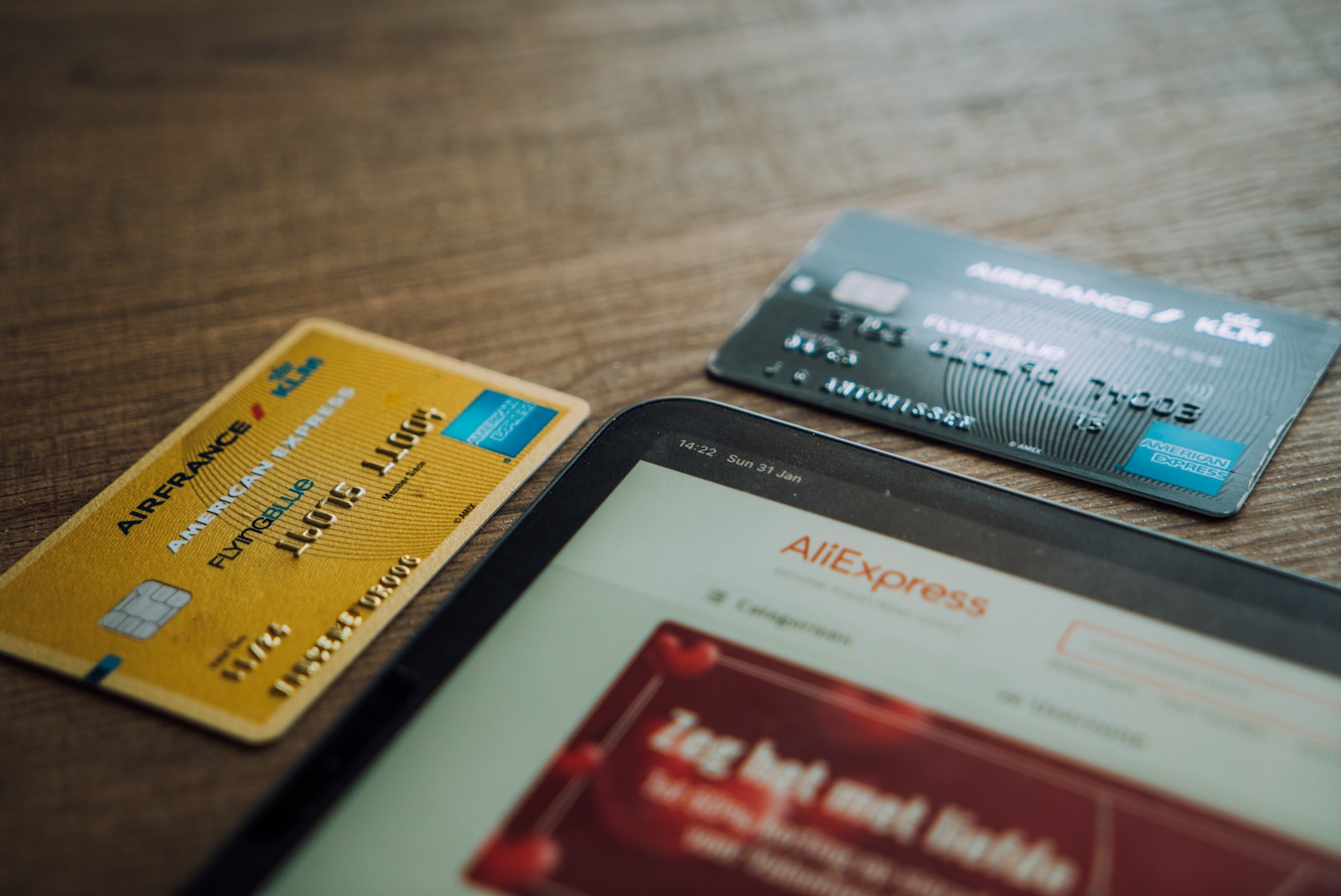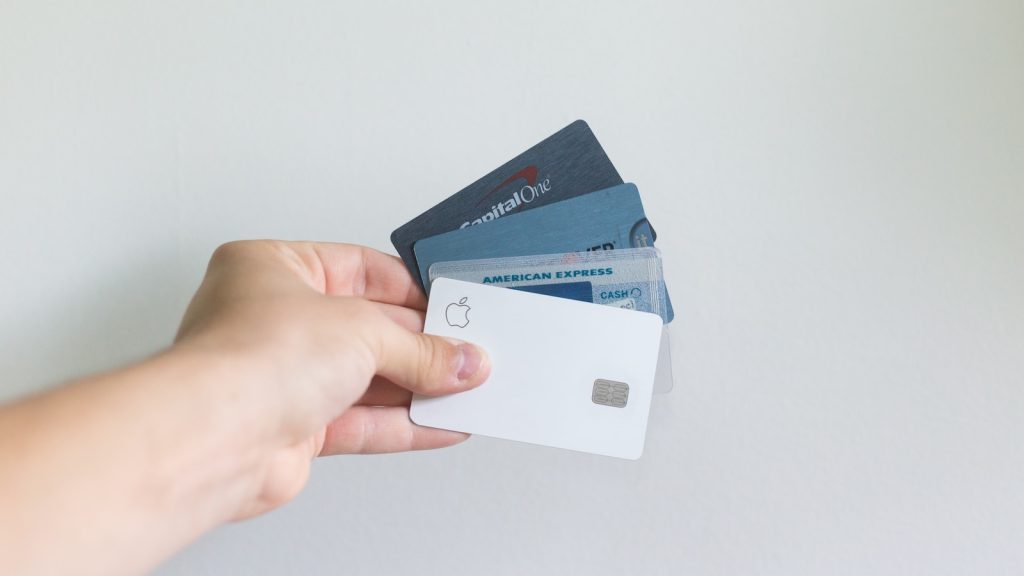Table of Contents
Introduction
When it comes to managing our finances, credit cards have become an essential tool for many people. They offer convenience, security, and the ability to make purchases even when we don't have cash on hand. But have you ever wondered how credit card payments actually work? In this article, we will explore the intricacies of credit card payments, from the moment you swipe your card to the time the payment is processed and reflected in your account balance.
The Basics of Credit Card Payments
Before diving into the details, let's start with the basics. When you make a purchase using your credit card, you are essentially borrowing money from the credit card issuer to pay for that purchase. The credit card issuer, typically a bank or financial institution, pays the merchant on your behalf, and you are then responsible for repaying the credit card issuer.
Now, let's take a closer look at the step-by-step process of how credit card payments work:
Step 1: Authorization
When you make a purchase with your credit card, the first step is authorization. This is when the merchant requests approval from the credit card issuer to process the transaction. The merchant swipes your card or enters the card details into a payment terminal, and the information is sent to the credit card issuer for verification.

During the authorization process, the credit card issuer checks various factors to determine whether the transaction should be approved. These factors may include your available credit limit, your payment history, and any potential fraud indicators. If the transaction is approved, the credit card issuer sends an authorization code back to the merchant, allowing the transaction to proceed.
Step 2: Batch Processing
Once the authorization is obtained, the merchant collects a batch of authorized transactions throughout the day. This batch is then sent to the credit card processor, who acts as an intermediary between the merchant and the credit card issuer. The credit card processor consolidates the transactions and sends them to the respective credit card issuers for payment processing.
It's important to note that the batch processing typically occurs at the end of the business day, although some merchants may choose to process batches more frequently.
Step 3: Payment Processing
After receiving the batch of authorized transactions, the credit card issuer begins the payment processing. This involves verifying the transactions, deducting the purchase amount from the available credit limit, and updating the account balance accordingly.
During the payment processing, the credit card issuer also applies any applicable fees or interest charges to the account. These fees may include annual fees, late payment fees, or foreign transaction fees, among others. It's important to review your credit card terms and conditions to understand the fees associated with your specific card.
Step 4: Statement Generation
Once the payment processing is complete, the credit card issuer generates a statement for the billing cycle. The statement includes a summary of all the transactions made during the cycle, the outstanding balance, the minimum payment due, and the due date for payment.
It's crucial to review your statement carefully to ensure its accuracy and to identify any unauthorized transactions. If you notice any discrepancies or fraudulent charges, you should contact your credit card issuer immediately to report the issue.

Step 5: Payment Due Date
After receiving your statement, you have a specific period, usually around 21 to 25 days, to make the payment. The due date is the deadline by which you must pay at least the minimum payment due to avoid late payment fees and potential damage to your credit score.
It's important to note that paying only the minimum payment due will result in interest charges being applied to the remaining balance. To avoid accruing interest, it's advisable to pay the full statement balance by the due date.
Step 6: Payment Allocation
When you make a payment, the credit card issuer allocates the funds to different portions of your balance. Typically, the payment is first applied to any outstanding fees or interest charges, followed by the remaining amount being applied to the principal balance.
For example, if you have a $100 balance with $20 in fees and interest charges, and you make a $50 payment, the credit card issuer will first apply the $50 to the fees and interest charges, leaving a remaining balance of $70. This allocation process ensures that your payments are applied in the most efficient way to reduce your overall debt.
Case Study: John's Credit Card Payment
To illustrate how credit card payments work in practice, let's consider a case study of John, who has a credit card with a $1,000 credit limit and a current balance of $500.
John decides to make a $200 purchase using his credit card. The merchant obtains authorization from the credit card issuer, and the transaction is approved. The merchant then includes this transaction in the batch processing at the end of the day.
Once the batch is processed, the credit card issuer deducts the $200 from John's available credit limit, leaving him with $800 of available credit. The issuer also applies any applicable fees or interest charges to John's account.
When John receives his statement, he notices the $200 purchase, along with any fees or interest charges. The statement indicates that the minimum payment due is $25, and the payment due date is in 21 days.
John decides to pay the full statement balance of $500 by the due date to avoid accruing any interest charges. He makes the payment, and the credit card issuer allocates the funds to any outstanding fees or interest charges first, before applying the remaining amount to the principal balance.
As a result, John's account balance is now $0, and his available credit limit is restored to $1,000.

Key Takeaways
- Credit card payments involve a multi-step process, starting with authorization and ending with payment allocation.
- Authorization is obtained from the credit card issuer before a transaction can proceed.
- Batch processing occurs at the end of the business day, where authorized transactions are sent to the credit card issuer for payment processing.
- Payment processing involves deducting the purchase amount from the available credit limit and updating the account balance.
- Statements are generated to provide a summary of transactions, outstanding balances, and payment due dates.
- Payments should be made by the due date to avoid late payment fees and interest charges.
- Payment allocation ensures that funds are applied to outstanding fees or interest charges before being applied to the principal balance.
Conclusion
Understanding how credit card payments work is essential for effectively managing your finances and avoiding unnecessary fees and charges. By familiarizing yourself with the authorization process, batch processing, payment processing, statement generation, payment due dates, and payment allocation, you can make informed decisions and maintain a healthy credit card balance.
Remember to review your credit card terms and conditions, regularly monitor your statements, and make timely payments to ensure a positive credit card experience. By doing so, you can make the most of your credit card while staying in control of your financial well-being.

